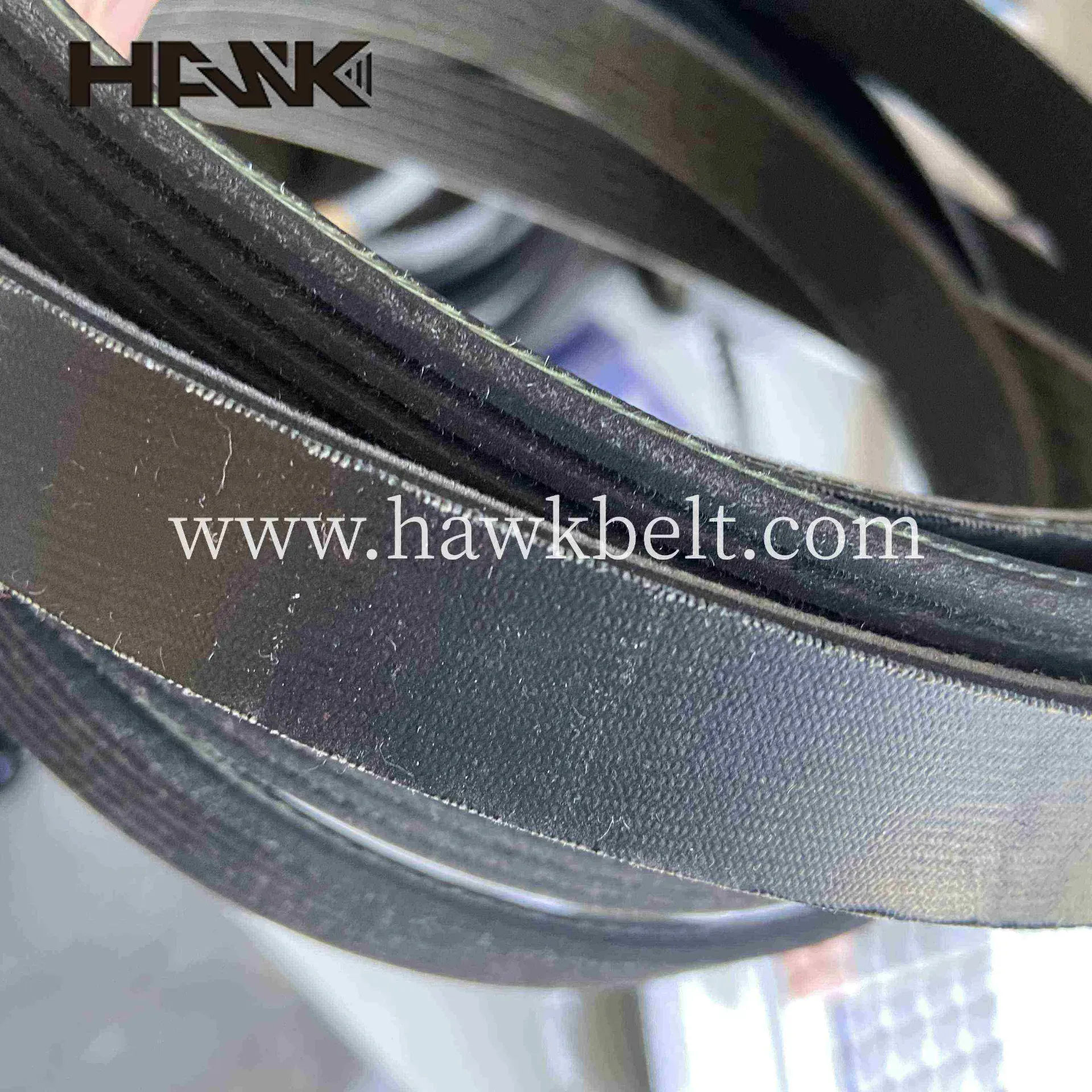- Arabic
- French
- Russian
- Spanish
- Portuguese
- Turkish
- Armenian
- English
- Albanian
- Amharic
- Azerbaijani
- Basque
- Belarusian
- Bengali
- Bosnian
- Bulgarian
- Catalan
- Cebuano
- Corsican
- Croatian
- Czech
- Danish
- Dutch
- Afrikaans
- Esperanto
- Estonian
- Finnish
- Frisian
- Galician
- Georgian
- German
- Greek
- Gujarati
- Haitian Creole
- hausa
- hawaiian
- Hebrew
- Hindi
- Miao
- Hungarian
- Icelandic
- igbo
- Indonesian
- irish
- Italian
- Japanese
- Javanese
- Kannada
- kazakh
- Khmer
- Rwandese
- Korean
- Kurdish
- Kyrgyz
- Lao
- Latin
- Latvian
- Lithuanian
- Luxembourgish
- Macedonian
- Malgashi
- Malay
- Malayalam
- Maltese
- Maori
- Marathi
- Mongolian
- Myanmar
- Nepali
- Norwegian
- Norwegian
- Occitan
- Pashto
- Persian
- Polish
- Punjabi
- Romanian
- Samoan
- Scottish Gaelic
- Serbian
- Sesotho
- Shona
- Sindhi
- Sinhala
- Slovak
- Slovenian
- Somali
- Sundanese
- Swahili
- Swedish
- Tagalog
- Tajik
- Tamil
- Tatar
- Telugu
- Thai
- Turkmen
- Ukrainian
- Urdu
- Uighur
- Uzbek
- Vietnamese
- Welsh
- Bantu
- Yiddish
- Yoruba
- Zulu
Nov . 05, 2024 16:38 Back to list
timing belt pulley
Understanding Timing Belt Pulleys The Heart of Engine Efficiency
Timing belt pulleys play a crucial role in the operation of internal combustion engines, facilitating the synchronized movement of various components to maximize performance and efficiency. While they may seem like a simple mechanical part, timing belt pulleys are integral to the elaborate systems that power vehicles, motorcycles, and machinery. In this article, we will delve into what timing belt pulleys are, how they work, and why they are so essential for engine operation.
What Are Timing Belt Pulleys?
A timing belt pulley is a toothed wheel that meshes with a timing belt, which is a type of belt that has teeth designed to prevent slipping. The primary function of the timing belt and its pulleys is to ensure that the crankshaft and camshaft rotate in synchrony. This synchronization is vital for maintaining the correct timing of the engine's valve openings and closings, which directly influences engine performance and efficiency.
Timing belt pulleys are usually made of durable materials such as metal or high-quality polymers, ensuring they withstand the stress and wear associated with engine operation. The design of these pulleys can vary significantly depending on the specific requirements of the engine they serve.
How Do Timing Belt Pulleys Work?
In a typical four-stroke engine, the timing belt connects the crankshaft, which is responsible for converting the up-and-down motion of the pistons into rotational motion, to the camshaft, which operates the intake and exhaust valves. The timing belt, running on the pulleys, ensures that for every complete revolution of the crankshaft, the camshaft rotates in the correct ratio—often 21 for a typical engine.
timing belt pulley

The precise relationship between the crankshaft and camshaft is crucial. If the timing is off, even by a few degrees, it can lead to inefficient combustion, loss of power, or, in severe cases, engine damage. This is why timing belt pulleys are designed with precision and why their integrity is essential to the wellbeing of the engine.
Importance of Maintenance
Like all mechanical components, timing belt pulleys require regular inspection and maintenance. Over time, the belts can wear out, and the pulleys may develop grooves or become misaligned. Such wear can lead to slipping, which could result in the timing belt losing its connection with the pulleys altogether. If this occurs, the synchronization of the crankshaft and camshaft will be disrupted, potentially leading to catastrophic engine failure.
Most manufacturers recommend replacing timing belts between 60,000 to 100,000 miles, depending on the vehicle. During this service, it's also wise to inspect the pulleys for signs of wear or damage. If the pulleys are compromised, replacing them simultaneously with the belt can prevent future issues and save on labor costs.
Conclusion
Timing belt pulleys may be small components within the vast machinery of an engine, but their impact is significant. By ensuring that critical components work in harmony, these pulleys contribute to the overall efficiency, power, and longevity of the engine. Because of their importance, regular maintenance and replacement based on manufacturer recommendations are essential.
When it comes to engine management, understanding the role of timing belt pulleys can empower vehicle owners and mechanics alike to make informed decisions about maintenance and repairs. Ignoring the state of these components can lead to costly repairs and significant downtime, but a little attention and care can keep an engine running smoothly for years to come. In the world of automotive engineering, timing belt pulleys are indeed the unsung heroes—vital for performance, efficiency, and reliable functionality.
-
Korean Auto Parts Timing Belt 24312-37500 For Hyundai/Kia
NewsMar.07,2025
-
7PK2300 90916-T2024 RIBBED BELT POLY V BELT PK BELT
NewsMar.07,2025
-
Chinese Auto Belt Factory 310-2M-22 For BMW/Mercedes-Benz
NewsMar.07,2025
-
Chinese Auto Belt Factory 310-2M-22 For BMW/Mercedes-Benz
NewsMar.07,2025
-
90916-02660 PK Belt 6PK1680 For Toyota
NewsMar.07,2025
-
drive belt serpentine belt
NewsMar.07,2025

